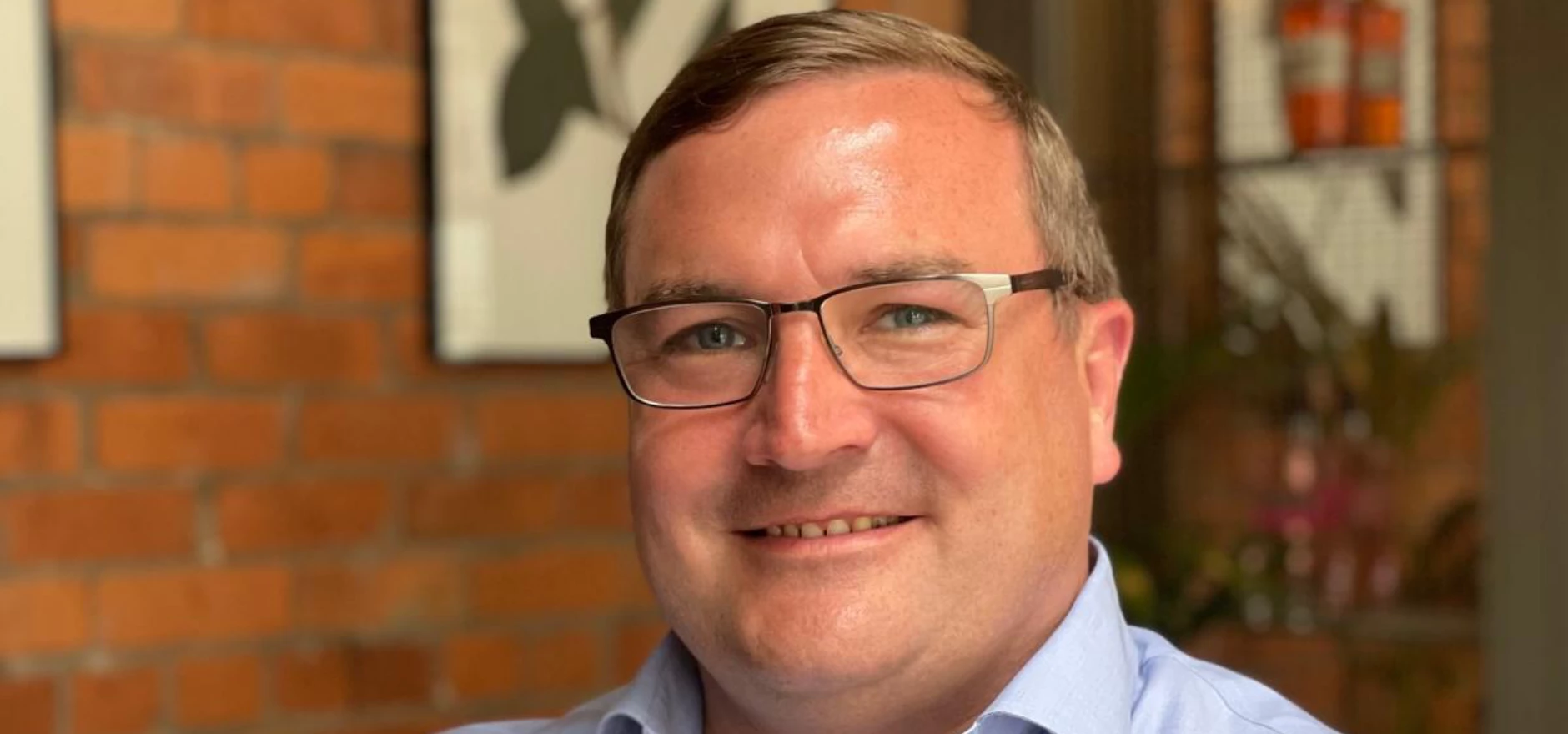
Is the UK losing ground in life sciences investment?
A recent report states the UK’s life sciences sector is falling behind international competitors, missing out on an estimated £15 billion a year over the past decade due to declining foreign investment, falling export share and a drop in clinical trials.
It highlights the life sciences sector contributes around £34 billion in GVA to the UK economy and supports more than 300,000 jobs across the country.
Yet clinical trials initiated in the UK have decreased by eight per cent since 2017/2018 – which the study puts down to slow regulatory timelines, poor recruitment, less competitive research and development tax credits and high costs.
Increasing clinical trials in the UK
When a company is choosing where to hold clinical trials, they will naturally look at incentives offered by governments.
Here in the UK, we have research and development tax credits, which are most welcome and cover a broad scope.
However, should work like clinical trials be prioritised above other research and development for incentives?
Should we also be looking to make it more attractive for international businesses to carry out clinical trials in the UK?
Bringing together businesses across a wider sector
Science and research and development is a broad church.
Organisations like NEPIC – the North East Process Industry Cluster – bring together companies operating in areas from petrochemicals and food to pharmaceuticals.
NEPIC, and other membership groups like the BIA, Bionow and OBN, create meaningful business relationships across sectors, and this can be an important way of attracting more investment and innovation.
Innovation is a transferable skill within itself, and stimulation from one sector may well influence another.
We often talk about artificial intelligence in this regard, but there is so much more if we provide the opportunities to translate and the investment to let businesses grow and innovate with peers.
It also makes the sector more attractive for skilled workers.
Graduate scientists often move into one industry, but can we make it easier for them to see and move between multiple sectors, which use the same skill sets?
Investment imbalance in the UK
There is also the question of the known imbalance in funding and research within the UK.
I spoke about this with Newcastle MP Chi Onwurah, chair of the Science and Innovation Committee, at a recent BIA event in Newcastle.
There is a historical bias towards London, Oxford and Cambridge in terms of research investment.
It may have previously made sense to continue funding what has been shown to work.
But is it still the best way to spend our limited resources?
And would the same work receive the same funding if it was happening elsewhere in the country?
If the UK is to compete successfully with global rivals, we must make sure research and manufacturing is funded in the most effective way across all our regions, and that we are supported in attracting investment into all of our businesses, not just those in the South.
Wouldn’t it be nice to have a golden dodecahedron, rather than a golden triangle?
Dr Sam Whitehouse is chief executive of LightOx, which is developing a portfolio of light-activated cancer and wound treatments and has secured investment from partners in the UK and the Netherlands to progress products to market.
Looking to promote your product/service to SME businesses in your region? Find out how Bdaily can help →
Enjoy the read? Get Bdaily delivered.
Sign up to receive our daily bulletin, sent to your inbox, for free.








 How to make your growth strategy deliver in 2026
How to make your growth strategy deliver in 2026
 Powering a new wave of regional screen indies
Powering a new wave of regional screen indies
 A new year and a new outlook for property scene
A new year and a new outlook for property scene
 Zero per cent - but maximum brand exposure
Zero per cent - but maximum brand exposure
 We don’t talk about money stress enough
We don’t talk about money stress enough
 A year of resilience, growth and collaboration
A year of resilience, growth and collaboration
 Apprenticeships: Lower standards risk safety
Apprenticeships: Lower standards risk safety
 Keeping it reel: Creating video in an authenticity era
Keeping it reel: Creating video in an authenticity era
 Budget: Creating a more vibrant market economy
Budget: Creating a more vibrant market economy
 Celebrating excellence and community support
Celebrating excellence and community support
 The value of nurturing homegrown innovation
The value of nurturing homegrown innovation
 A dynamic, fair and innovative economy
A dynamic, fair and innovative economy